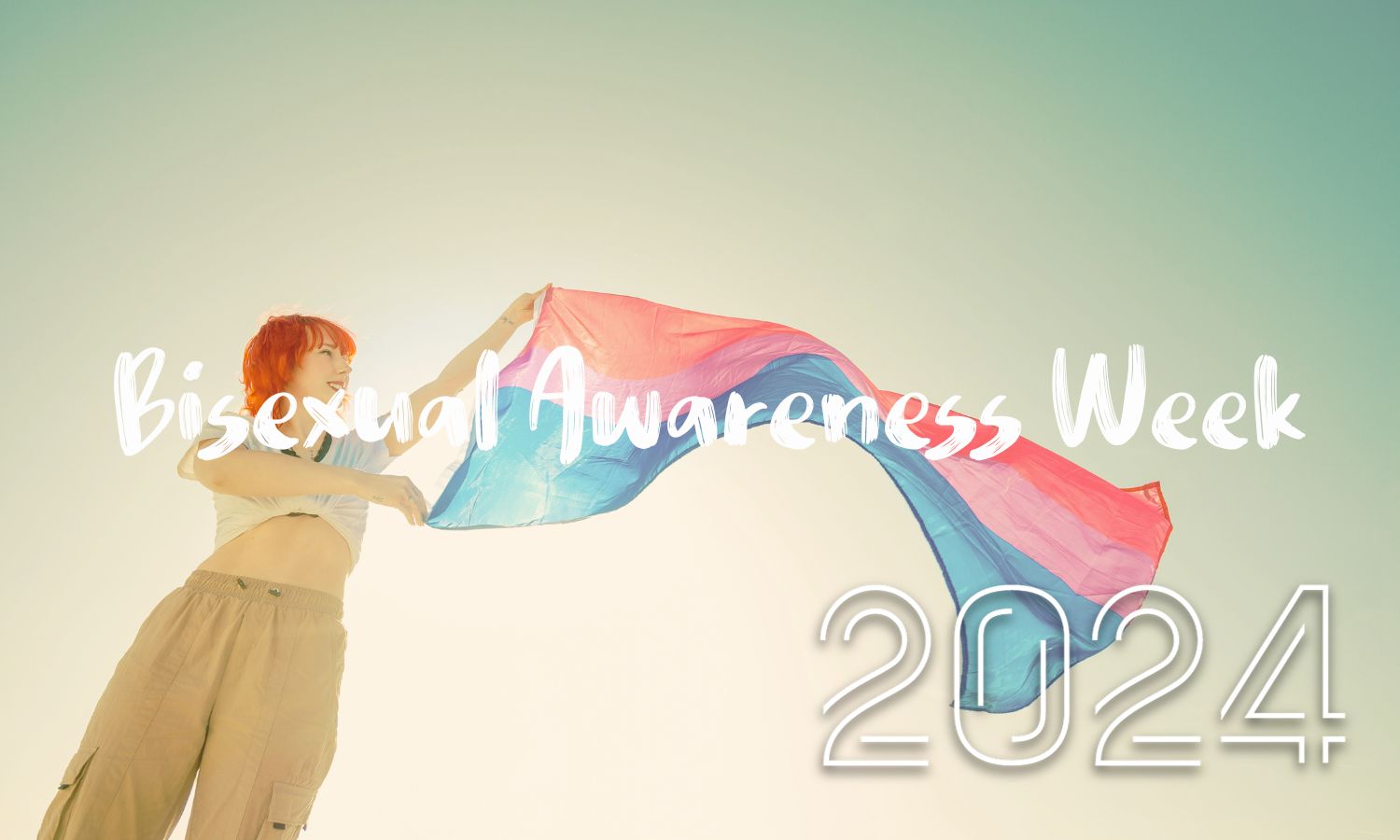It refers to a gender identity that fluctuates in intensity or strength over time. People who identify as genderflux may feel that their gender identity is partially or entirely unchanging, while other times it may fluctuate between feeling more masculine, feminine, or androgynous.
Table of Contents
Genderflux individuals may feel that their gender identity is fluid or dynamic, with their gender identity being influenced by factors such as the time of day, their mood, or the people they are around. Some genderflux individuals may experience their gender identity as being different from one moment to the next, while others may experience more gradual shifts over a longer period of time.
It’s important to note that gender identity is a deeply personal experience, and everyone’s gender identity is unique. Genderflux is just one of many ways that people may experience their gender.
When did the term genderflux come about?
The term genderflux was first coined by a user on the website nonbinary.org in 2014. The term was created to describe a gender identity that fluctuates in intensity or strength over time, but is not necessarily fluid or completely changing. Since then, the term has gained more visibility and recognition within the non-binary and LGBTQ+ communities.
As with many terms related to gender and sexuality, the language used to describe these experiences is constantly evolving and expanding. While genderflux may be a relatively new term, the experiences it describes are not new, and there have likely been people throughout history who have experienced gender in a similar way. The creation and use of new terms like genderflux can help people better understand and articulate their own experiences, as well as create a sense of community and visibility for people who may feel isolated or misunderstood.
Is there a Genderflux Flag?

Yes, there is a Genderflux flag. The Genderflux flag was designed by Tumblr user JJ Poole in 2016. The flag features five horizontal stripes of different shades of pink, blue, yellow and gray. The shades of pink and blue represent femininity, and masculinity respectively, while the grey stripe represents the space between these gender identities and the yellow represents non-binary gender expressions.
It’s important to note that not all genderflux individuals use or identify with this particular flag, and there may be other symbols or representations that are meaningful to them. Gender identity is a deeply personal experience, and each individual may have their own unique way of expressing and identifying their gender.
Is Genderflux similar to Genderfluid?
Genderflux and Genderfluid are both gender identities that fall under the non-binary umbrella and involve a fluctuation or variability in gender identity. However, there are some differences between the two.
Genderfluid is a gender identity that refers to a gender that changes over time, often in response to different contexts or situations. For example, a genderfluid person may feel more masculine one day, more feminine the next, and somewhere in between on another day. The changes in gender identity can be gradual or sudden, and may occur multiple times within a day or over a longer period of time.
Genderflux, on the other hand, is a gender identity that refers to a gender that fluctuates in intensity or strength over time, but is not necessarily fluid or completely changing. Genderflux individuals may feel that their gender identity is partially or entirely unchanging, while other times it may fluctuate between feeling more masculine, feminine, or androgynous.
So, while both genderfluid and genderflux involve a fluctuation or variability in gender identity, the nature and extent of the changes are different. Genderfluid involves more frequent or sudden changes in gender identity, while genderflux involves a fluctuation in the intensity or strength of the gender identity.
Is Genderflux similar to Genderqueer?
Genderflux and genderqueer are both gender identities that fall under the non-binary umbrella, but they are not exactly the same.
Genderqueer is an umbrella term for gender identities that do not fit within the traditional binary categories of male and female. It can encompass a wide variety of gender identities, including those that are static, fluctuating, or undefined.
Genderflux, on the other hand, is a gender identity that specifically refers to a gender that fluctuates in intensity or strength over time. Genderflux individuals may feel that their gender identity is partially or entirely unchanging, while other times it may fluctuate between feeling more masculine, feminine, or androgynous.
While some genderqueer individuals may also identify as genderflux, not all genderflux individuals identify as genderqueer. Genderqueer can be seen as a broader term that encompasses a wide range of gender identities, while genderflux specifically refers to a gender identity that fluctuates in intensity or strength. Gender identity is a deeply personal experience, and each individual may have their own unique way of expressing and identifying their gender.











